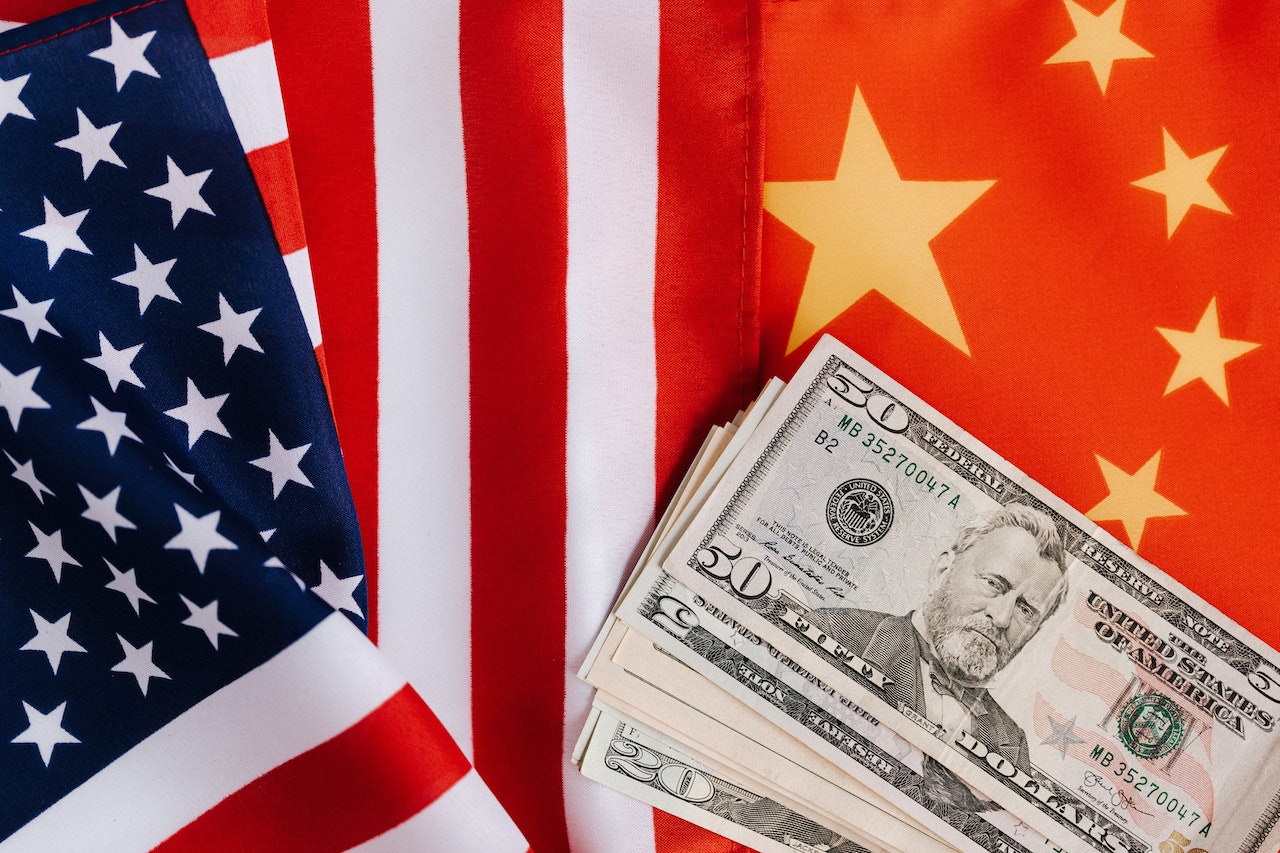The World Bank, in its semi-annual regional update released on Sunday, has decided to uphold its economic growth projection for China in 2023 at 5.1%, retaining the same estimate made in April of the same year. However, the institution has revised its prediction for 2024 downward to 4.4% from the initial projection of 4.8%. This adjustment is primarily attributed to persistent vulnerabilities within China’s property sector, signaling a challenging path ahead for the world’s second-largest economy.
The decision of the World Bank to maintain the 2023 forecast underscores the complex economic landscape China faces as it navigates through the aftermath of its strict zero-COVID policies. These policies had initially triggered economic turbulence and uncertainty. In recent months, though, several positive indicators have emerged, including an acceleration in factory production, retail sales, and growth in both exports and imports. Furthermore, deflationary pressures have been easing, offering glimmers of hope for economic stabilization.
Notably, August brought an unexpected surge in profits for industrial firms, recording a remarkable 17.2% increase. This significant uptick reversed July’s 6.7% decline, suggesting that certain sectors of the Chinese economy are on the path to recovery. Despite these positive signs, analysts emphasize that continued policy support is essential to achieve the government’s target of approximately 5% growth for this year.
The World Bank’s regional update also highlighted the challenges China faces due to external factors. A sluggish global economy, high-interest rates, and trade protectionism have cast a shadow over the nation’s economic prospects. Alarming data revealed that in 2022, approximately 3,000 new trade restrictions were imposed, tripling the number observed in 2019. These headwinds further underscore the importance of China’s domestic reforms and policy adjustments.
To reignite growth, the World Bank advocates for robust reforms, including liberalizing the “hukou” residence permit system and enhancing safety nets. These reforms are seen as pivotal in rejuvenating consumption and investment, thereby laying the foundation for sustained growth. Within the government, discussions among advisors have centered on the best path forward. Some advocate for swift structural reforms, aiming to boost consumption and promote market access for private companies, even at the expense of state-owned enterprises. This camp believes that such changes are essential to invigorate the economy. However, policymakers must strike a delicate balance between immediate policy measures that ensure a robust recovery and long-term structural reforms that guarantee sustained growth.
Despite these challenges and adjustments, the World Bank maintains a cautious yet optimistic outlook for economic growth in the East Asia and the Pacific region. The institution acknowledges the uneven distribution of economic recoveries among countries within the region. This disparity arises in the context of an exceptionally uncertain geopolitical and policy environment, demanding careful monitoring and adaptability.
In conclusion, the decision of the World Bank to retain the 2023 growth forecast of China at 5.1% while lowering expectations for 2024 reflects the intricate balance China must strike as it navigates both domestic and international economic challenges. The nation’s journey toward sustained growth hinges on a combination of policy support and structural reforms, guided by a cautious yet hopeful outlook from global institutions.
Source: Reuters



